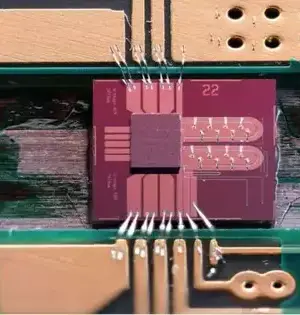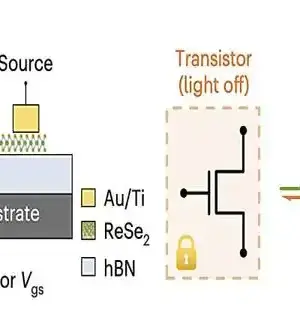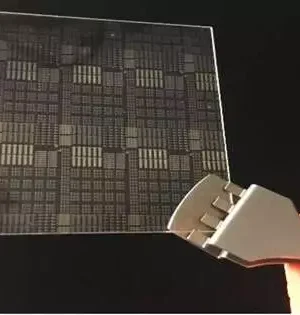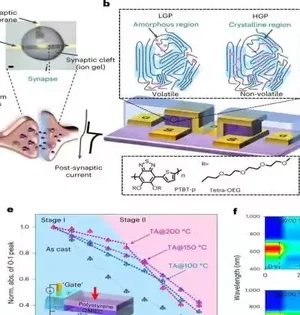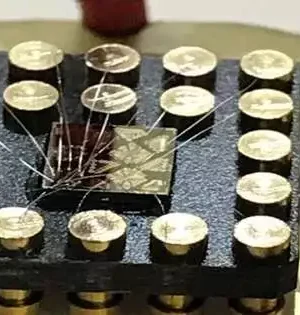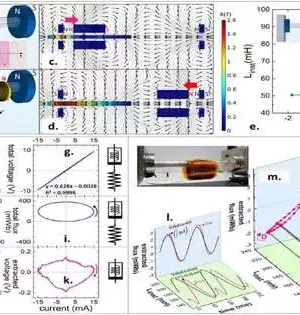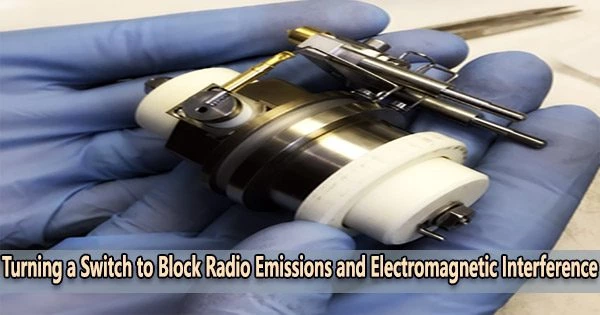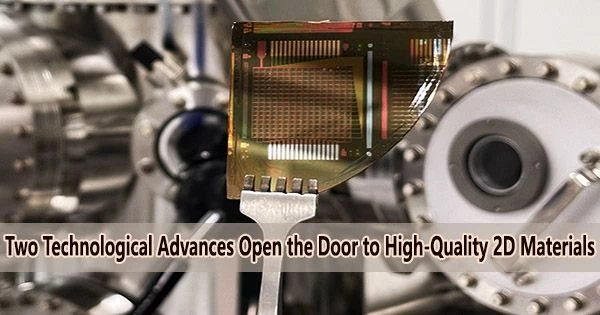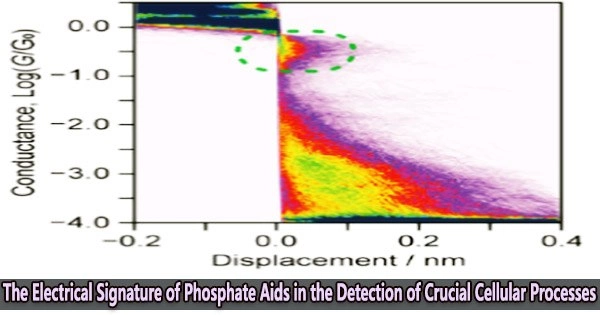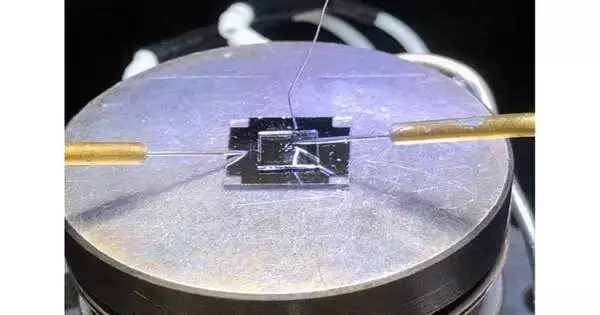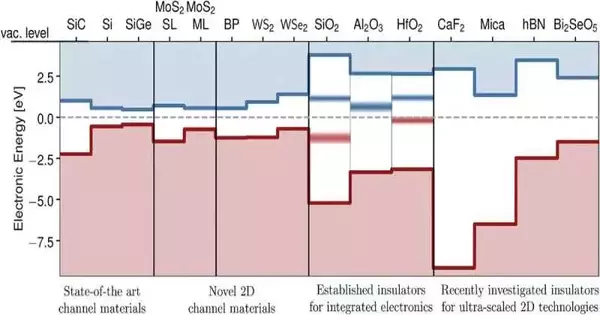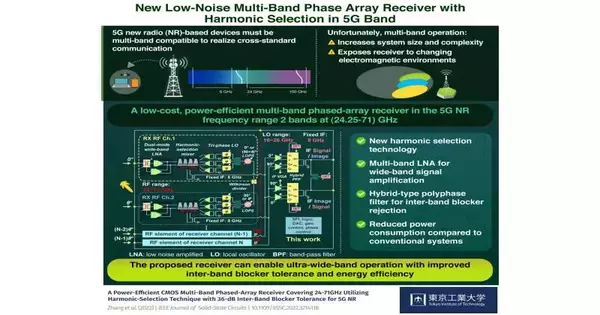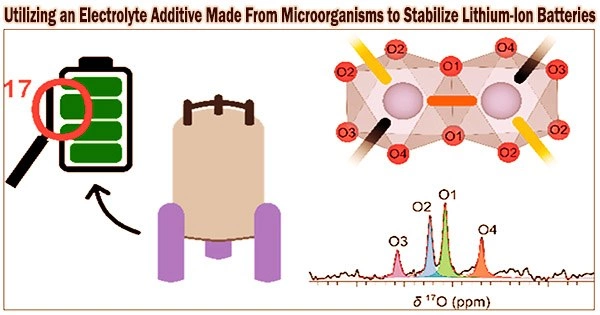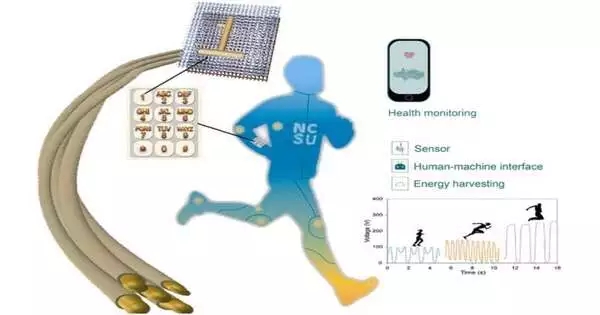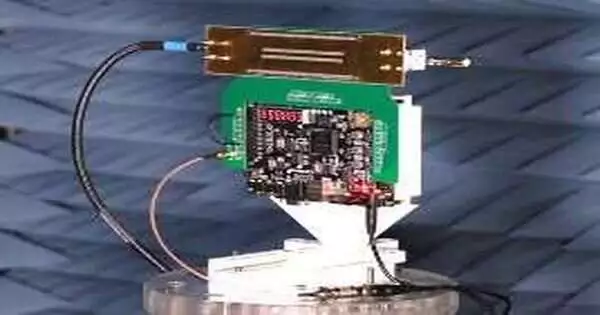With the flick of a switch, engineers from Drexel University's College of Engineering have created a thin film device that is made by spray coating and can block electromagnetic radiation. The innovation, made possible by adaptable two-dimensional materials known as MXenes, has the potential to improve the operation of electrical equipment, fortify wireless links, and protect mobile communications from hacking. The team, led by Yury Gogotsi, PhD, Distinguished University and Bach professor in Drexel's College of Engineering, previously demonstrated that the two-dimensional layered MXene materials, discovered just over a decade ago, when combined with an electrolyte solution, can be turned
Electronics & Semiconductors
High-quality 2D materials are materials that have a thickness of only a few atomic layers, making them extremely thin and lightweight. They possess unique electronic, optical, mechanical, and thermal properties that make them attractive for a wide range of applications, including electronics, photonics, energy, and sensing. To replace silicon in electronics with materials that offer better performance, lower power consumption, and scalability, researchers have been investigating. In order to meet this demand, a global team has created a viable method for creating high-quality 2D materials that could power future gadgets. Sang-Hoon Bae, an assistant professor of mechanical engineering and materials
Examining how proteins are altered after they have been translated can give us a better understanding of cellular processes. A brand-new single-molecule detection assay that can accomplish this utilizing electrical measurements has been created by researchers at Tokyo Tech. The method had a 91% specificity and 95% accuracy in detecting the phosphorylation of peptides. Our body's cells engage in millions of biological operations daily. Investigating these processes can teach us more about how cells work, a topic that has long piqued academics' interest. Recently, however, there has been a new player in this field. Single-molecule detection is a new analytical
In modern electronics, a large amount of heat is produced as waste during usage—this is why devices such as laptops and mobile phones become warm during use and require cooling solutions. In the last decade, the concept of managing this heat using electricity has been tested, leading to the development of electrochemical thermal transistors—devices that can be used to control heat flow with electrical signals. Currently, liquid-state thermal transistors are in use, but they have critical limitations: chiefly, any leakage causes the device to stop working. A research team at Hokkaido University led by Professor Hiromichi Ohta at the Research
For a really long time, semiconductors—the core of central processors—have been getting more and more modest. Subsequently, the electronic parts in numerous gadgets can be made considerably more minimal, quicker, and, furthermore, more remarkable. Be that as it may, is this improvement coming to a characteristic stop? The more modest the parts, the greater the risk that singular deformities in the nuclear construction will fundamentally change the way the part behaves. This applies to the laid-out silicon innovation and novel nanotechnologies in view of 2D materials. At the Vienna College of Innovation (TU Wien), concentrated work has been completed on
A super wide-band collector in view of a consonant choice method to work on the functional transfer speed of 5G organizations has been created by Tokyo Tech scientists in another review. Fifth era (5G) portable organizations are currently being utilized overall with frequencies of north of 100 Hz. To stay aware of the information traffic in these organizations, proper recipients are vital. In such manner, the proposed innovation could upset the universe of cutting edge correspondences. As cutting edge correspondence networks are being created, the innovation used to send them should likewise develop close by. Fifth era portable organization New
Lithium-ion (Li-ion) batteries with high energy density are essential for running electric and hybrid cars, as well as for powering the next devices and power grids. These Li-ion batteries use transition metal oxide-based cathodes with a high energy density. Among numerous investigated potential materials, the LiNi1/3Mn1/3Co1/3O2 cathode has been shown to deliver the best performance at a high potential of 4.5 V versus Li/Li+ with high reversible capacity. The carbonate species in commercial electrolytes, ethylene carbonate, and diethyl carbonate, however, experience a severe oxidative breakdown at such high potentials. As a result, the cathode surface develops a thick layer of
As interest in electric vehicles rises, some of their most pressing problems are brought to light more clearly. Two of the main issues facing electric vehicles are being addressed by researchers at The University of Texas at Austin: limited range and slow recharging. For lithium-ion batteries, the researchers created a novel kind of electrode that could unleash more power and enable quicker charging. They achieved this by making the electrodes the positively and negatively charged sections of the battery that supply energy to a device thicker and using magnets to align them in a special way that avoids the usual
Weaving power-producing yarns onto texture has permitted specialists to implant a self-fueled, mathematical touch cushion and development sensors into clothing. The strategy offers minimal expense and a versatile possible technique for making wearable gadgets. "Our strategy utilizes weaving, which is basic—yyou can fasten our yarns straightforwardly on the texture," said the review's lead creator, Rong Yin, an assistant teacher of material design, science, and science at North Carolina State College. "During texture creation, you don't have to think about anything regarding the wearable gadgets." "You can incorporate the power-producing yarns after the attire thing has been made." In the review
Radio wires that can couple directed waves produced from various sources in free space and control these waves are vital to the advancement of various advances, including remote correspondence, optical correspondence, and going frameworks. Metasurfaces, thin films comprised of a few components, have shown a guarantee for fostering these kinds of radio waves. Scientists at City University of Hong Kong and Southeast University have recently developed a new metasurface radio wire that can remove and control directed waves to produce desired free-space waves in both spatial and recurrence areas.This radio wire, presented in a paper distributed by Nature Gadgets, joins
